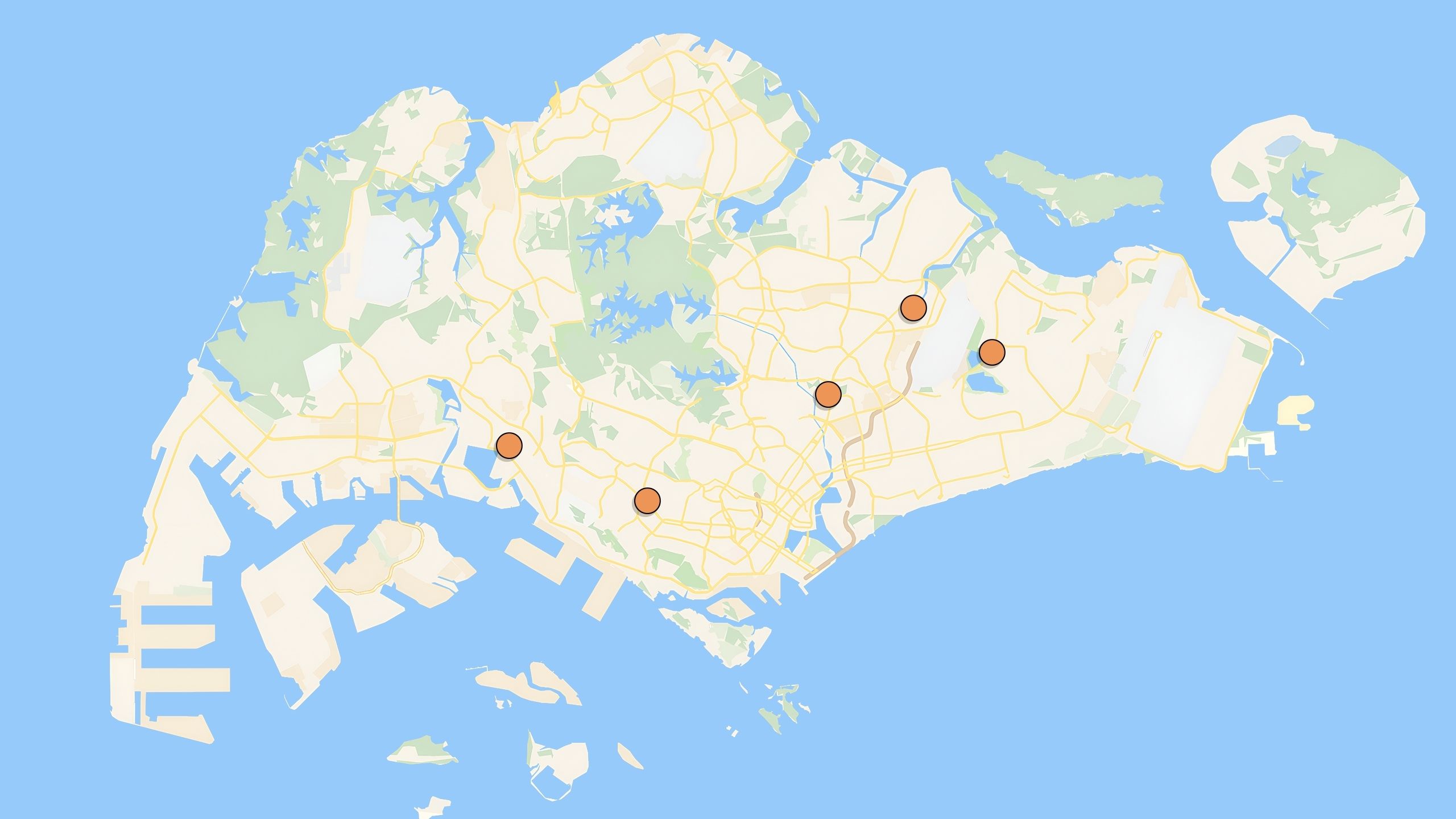6 Curiously Abandoned Houses In Singapore And The Stories Behind Them
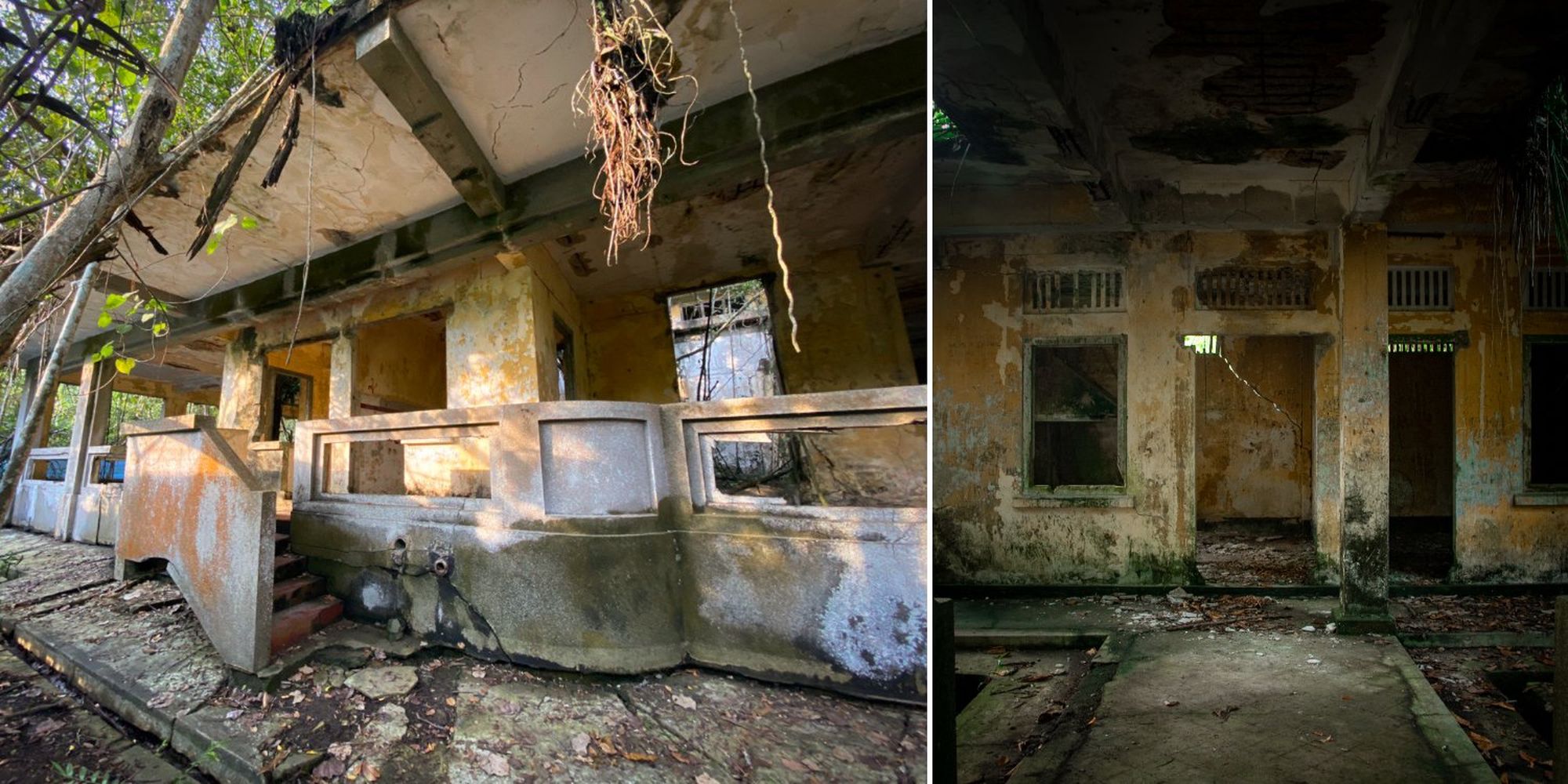
Get The Property Insights Serious Buyers Read First: Join 50,000+ readers who rely on our weekly breakdowns of Singapore’s property market.
A seasoned content strategist with over 17 years in the real estate and financial journalism sectors, Ryan has built a reputation for transforming complex industry jargon into accessible knowledge. With a track record of writing and editing for leading financial platforms and publications, Ryan's expertise has been recognised across various media outlets. His role as a former content editor for 99.co and a co-host for CNA 938's Open House programme underscores his commitment to providing valuable insights into the property market.
It’s Halloween, and in that spirit, we’re doing a Stacked special on haunted homes. We’ll be looking at the impact of pontianaks on resale gains over a 10-year period, the effect of dumbbell layouts on undead residents, and…no, just kidding (although if this were one of those ghost story sites, you can bet our horror would still be data driven). Instead, we looked at the history behind 6 abandoned yet fairly high-profile homes, to see why no one has apparently moved in:
1. Choa Bungalow (Sea Breeze Lodge, 37 Marine Parade Road)
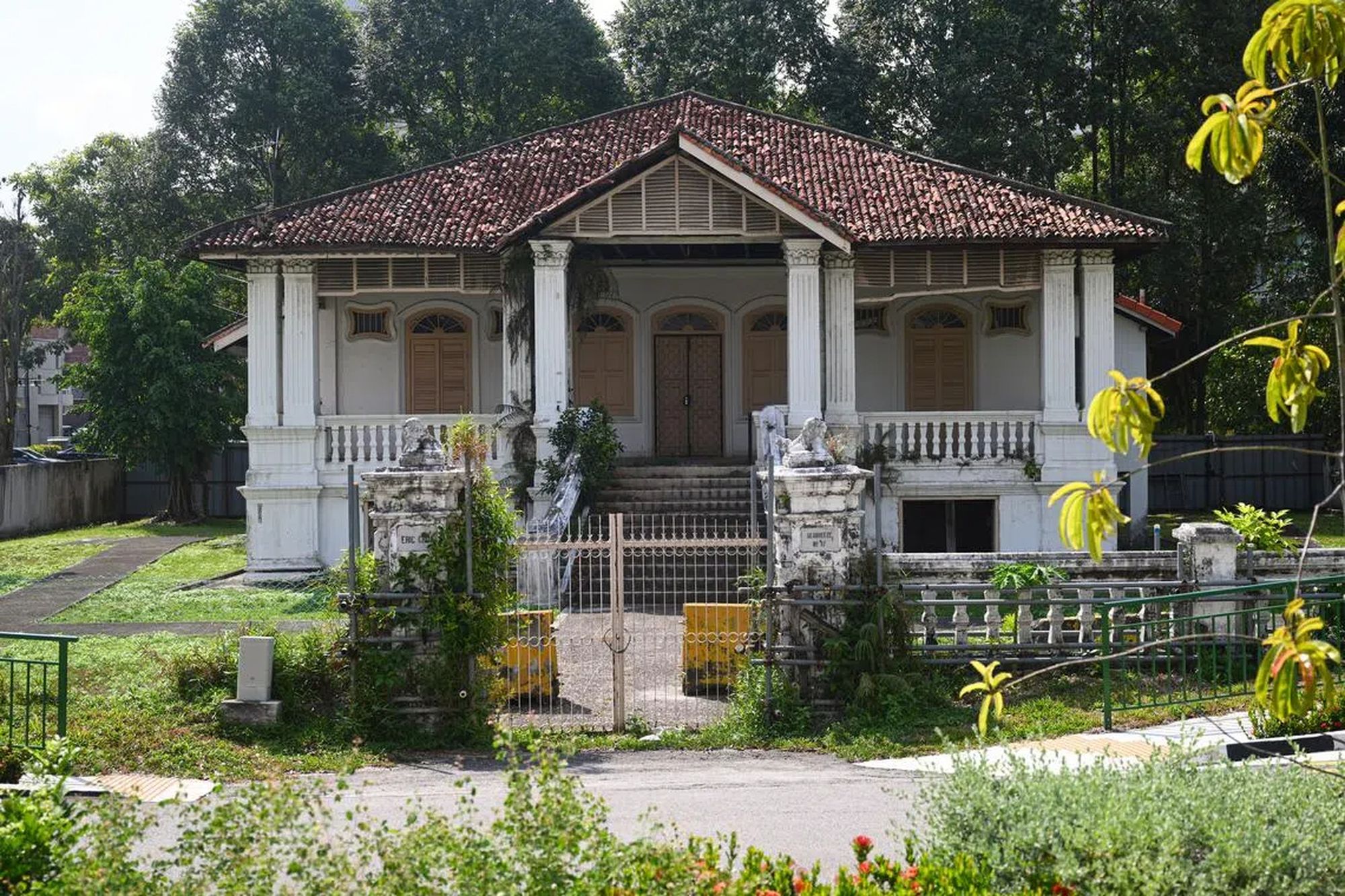
| Address | 37 Marine Parade Road |
| Build year | 1989 |
| Size | 47,400 sq ft, comprising the conserved bungalow and a separate three-storey block |
| Owned by | Far East Organization for $104 million |
| Redevelopment plans | No immediate plans for its development |
For those of you familiar with Parkway Parade, this is that bungalow across the road from it. It’s also called Sea Breeze Lodge, and it was originally built in 1898 by Choa Kim Keat. He was a 19th-century tin and rubber magnate, one of the early generations of Perankan businessmen (which probably explains the proximity to Katong). Choa is also sometimes spelt Chua, if you’re looking up the history.
Now, at the time he built it, this bungalow would have been at the edge of the sea – it was before Marine Parade and the associated land reclamation existed. So if he were around today, he really got burned on that sea view.
Anyway, the single-storey bungalow was intended as a weekend retreat for the family and their friends. The family apparently held it for a whole century, which, had it been leasehold, would have been very unfortunate. As is, they were able to sell it to Far East Organization in 2011 for $104 million.
Whilst one family member – a rather famous lawyer named Eric Choa – had lived there till 2009, the family sold it to Far East because it was too big to be practically maintained (at its size, the upkeep would be that of a small hotel).
So why is it still sitting there, like the set of the next Ju-On remake?
Partly it’s because the main house was conserved by URA in 2009, as part of the wider Katong/Joo Chiat conservation area. There was, however, a three-storey companion block near the house which was demolished. This was, at one point, a post-war British officers’ quarters.
Far East still holds the 47,400 sq ft site with no immediate redevelopment plans. Speculatively, this has something to do with the jaw-dropping number of condos clustered in the area, which makes it a bit saturated for a new launch. When the time is right, any development here will probably use the conserved bungalow as a clubhouse. It will still be a scary place to many, albeit in terms of $PSF.
2. Haw Par Beach Villa (Pulau Serangoon, Coney Island)
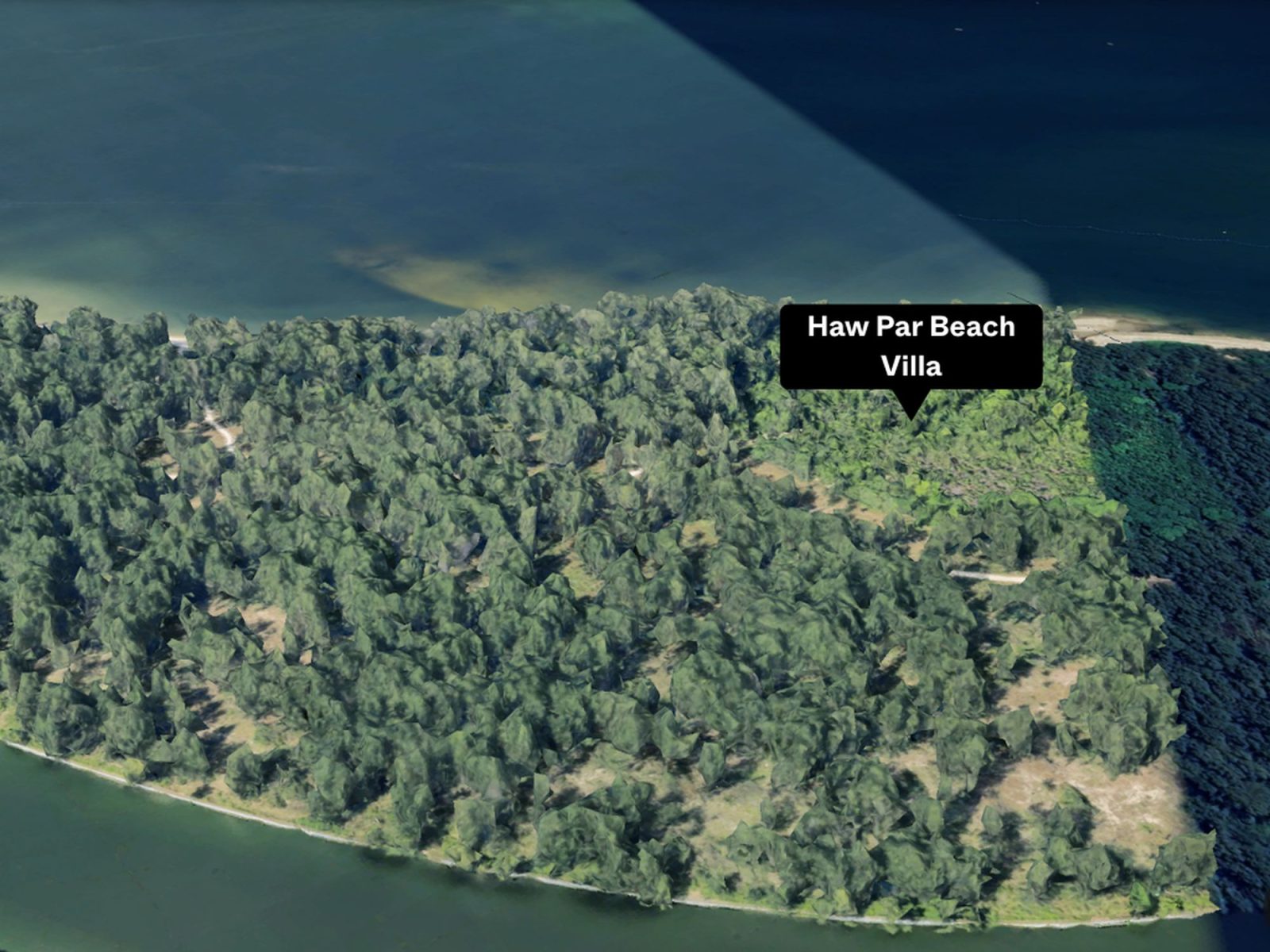
| Address | Pulau Serangoon (Coney Island) |
| Build year | 1937 |
| Size | Main house ~600 sqm; service block ~100 sqm |
| Owned by | Government, managed by NParks |
| Redevelopment plans | No current redevelopment; villa remains in ruins and off-limits |
This property was built with camphor (often ~ 11 %), menthol (often ~ 10–11 %) and methyl salicylate. And now you know the general formula for Tiger Balm, which is where this abandoned beach villa gets its name from.
It was built in 1937 by Aw Boon Haw of Tiger Balm fame, and intended as a family retreat. It was grand for its time: likely designed by architect Ho Kwang Yew, it had a roughly 6,458 sq ft (!) main hall with an open veranda, a smaller service block, and even its own freshwater well.
Now we often say the timing of the property’s launch is very important. Usually, we mean it’s bad when launched near a market peak.
For Haw Par Beach Villa, the timing was bad on an epic level because 1937 was two years before the start of World War II. During the Japanese invasion, this villa was very near coastal defence positions.
As it turns out, “sea view = first to be shelled by battleships during invasion.” It was also subsequently looted by Japanese troops.
In 1950, after the war, it was sold to a new owner, Ghulam Mahmood. He announced an ambitious plan to turn the island into a $100,000 holiday resort. He named it “Coney Island” after the famous American amusement park; and envisioned a working- and middle-class playground with swimming, boating, skating, dance halls, and honeymoon cottages. The plan never took off.
In the early 1970s, a Thai businessman tried unsuccessfully to sell the island for $1 million. Then in 1974, the Port of Singapore Authority reclaimed and expanded Pulau Serangoon to about 50 hectares, adding a bridge to the mainland in a $20-million project. There were even plans to turn it into a recreation centre, but they, too, fell through.
By the 1980s, the villa was a ruin. When Coney Island reopened in 2015, no one saw the point of visiting a wreck where the main highlights seemed to be dengue, or possibly floating three feet off your bed while your head spun later.
Today, it remains off-limits, managed by NParks. The structure is unstable, the walls are covered in graffiti, and it’s just not a place you’d want to visit. Seriously, do not go here.
3. Istana Woodneuk
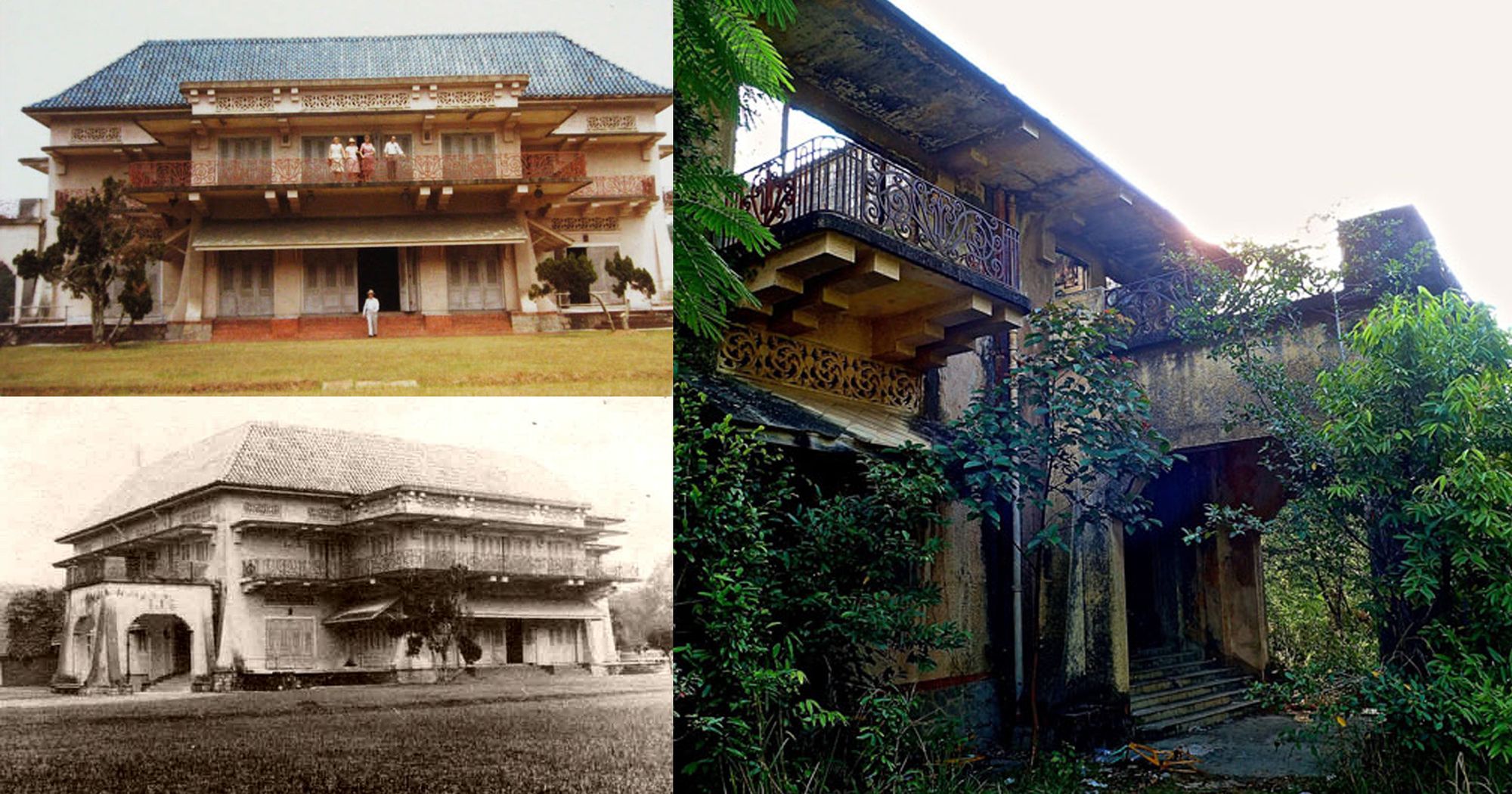
| Address | 766 Tyersall Avenue |
| Build year | Mid-1800s |
| Size | 13 hectares (estate grounds transferred in 2025); exact palace footprint unknown |
| Owned by | Government |
| Redevelopment plans | Future redevelopment planned as state land; palace currently ruined and inaccessible |
In the mid-1800s, this land first belonged to Captain John Dill Ross, before being sold in 1860 to Abu Bakar ibni Daeng Ibrahim – the man who later became the Sultan of Johor. By 1862, Sultan Abu Bakar had made Woodneuk his main residence, while the larger Istana Tyersall was being built nearby.
In 1895, the property was bequeathed to his fourth wife, Sultana Khadijah, who lived there until her death in 1904. The old house was later replaced between 1932 and 1935 by a new palace for Sultan Ibrahim and his wife, Sultanah Helen.
When the Japanese came for us in 1942, Australian troops occupied this property as their HQ. Later, it was taken and used by the Japanese troops, and the Sultan wouldn’t get it back until sometime in 1948.
More from Stacked
9 Key Details About Condo Sub-Sale Units Most People Are Unaware Of
There's gonna be a bumper crop of new launches being completed in 2022 and 2023 (we've covered 10 of those…
The Johor State re-roofed the palace in 1951, but by the 1960s it was already falling into disuse. From 1957 to 1986, it was kept under the care of a single caretaker, land remained largely empty. In 1990, the Singapore Government compulsorily acquired the entire Tyersall Park estate, and the palace was left abandoned.
Not out of absent-mindedness, you know how efficient our government is about land; it was just a combination of political delicacy and a location that’s not really convenient.
You actually could visit it; when I was still in school, I did it with friends, and it was the source of many ghost stories. But in 2006, a major fire gutted the building, and what remains is not structurally sound. It’s since been cordoned off.
This year, though (2025), a land swap between Singapore and Johor formally transferred the 13-hectare Woodneuk estate to Singapore, while a separate plot was ceded to the Johor Crown Prince.
The derelict house is still there, hidden down a path that you have to duck behind a bus stop to find (but again, it’s illegal, don’t go there.) We might see changes soon, with the recent handover.
4. Cashin House
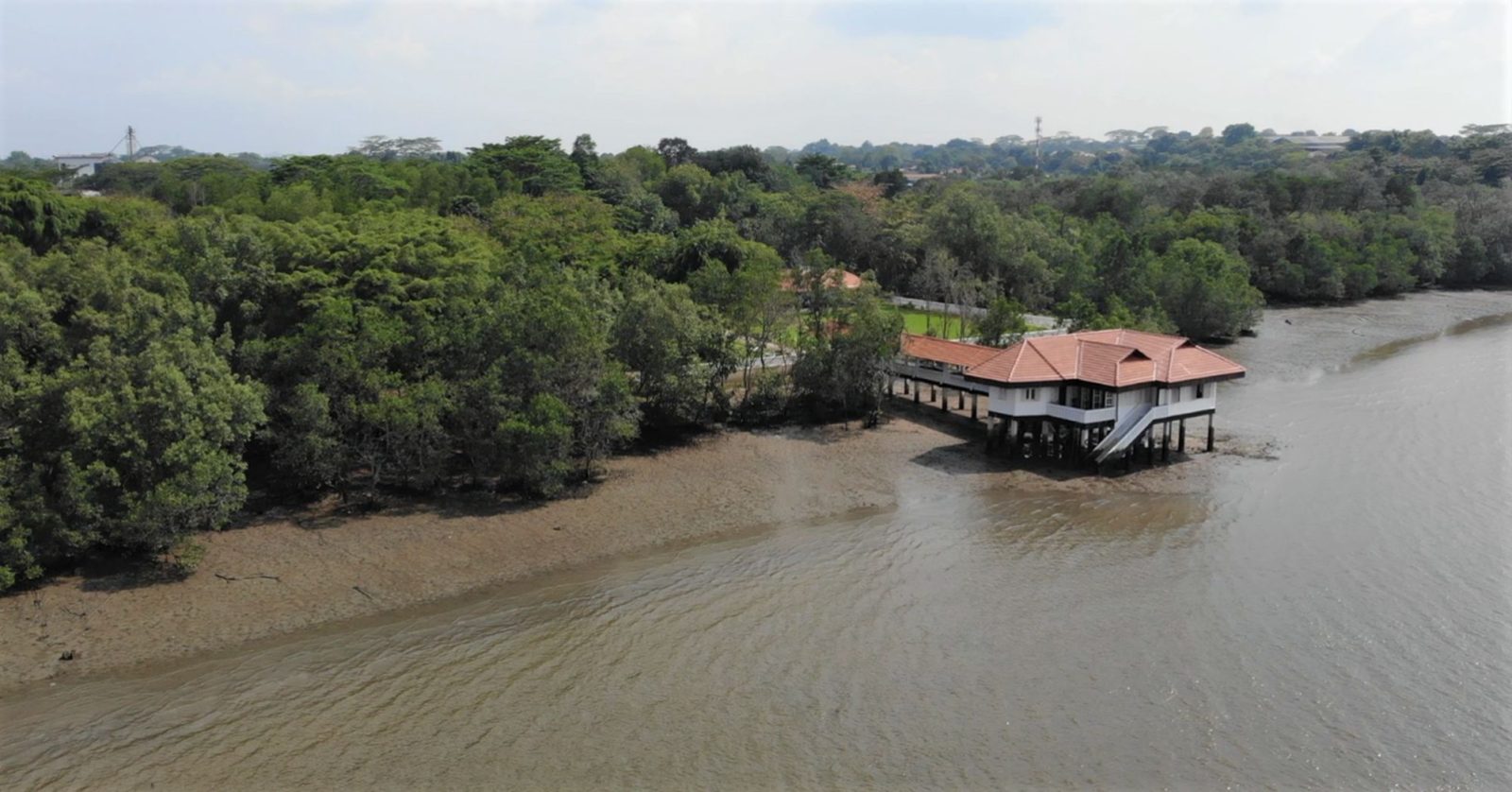
| Address | 3 Lim Chu Kang Lane 9 |
| Build year | 1920/1921 |
| Size | Unknown |
| Owned by | SLA |
| Redevelopment plans | Restored as a visitor gateway to Lim Chu Kang Nature Park; completed August 2023 with strengthened structure, public access, seminar rooms, and exhibition areas |
In 1906, an Irish merchant named Henry Cashin built a pier at the location of this house. Cashin House was intended to be a weekend home, and the family also took to calling the house “The Pier.”
When the Japanese arrived, they treated themselves to some free seaside property. They erected a war shrine on the grounds and used the house as a “comfort station” for officers until the end of the Occupation, when they all went home with cancer, or so one hopes.
In the 1960s, Howard Edmund Cashin and his wife Gillian moved in, dismantled the Japanese shrine, and turned it into a home again. After Howard died in 2009, the house was taken over by the Singapore Land Authority.
From URA’s 2013 and 2014 Master Plans, we saw proposals to restore it as a visitor centre; this would be for the western extension of Sungei Buloh Wetlands. The new 18-hectare nature park was indeed announced in 2020, but COVID delayed its completion until 2023.
The original structure was demolished, and a reinforced exoskeleton was built in its place, but it used salvaged materials and mirrored the old design. It now stands as the entrance to Lim Chu Kang Nature Park, with seminar rooms, exhibition spaces, and other public facilities.
5. Chee Guan Chiang House
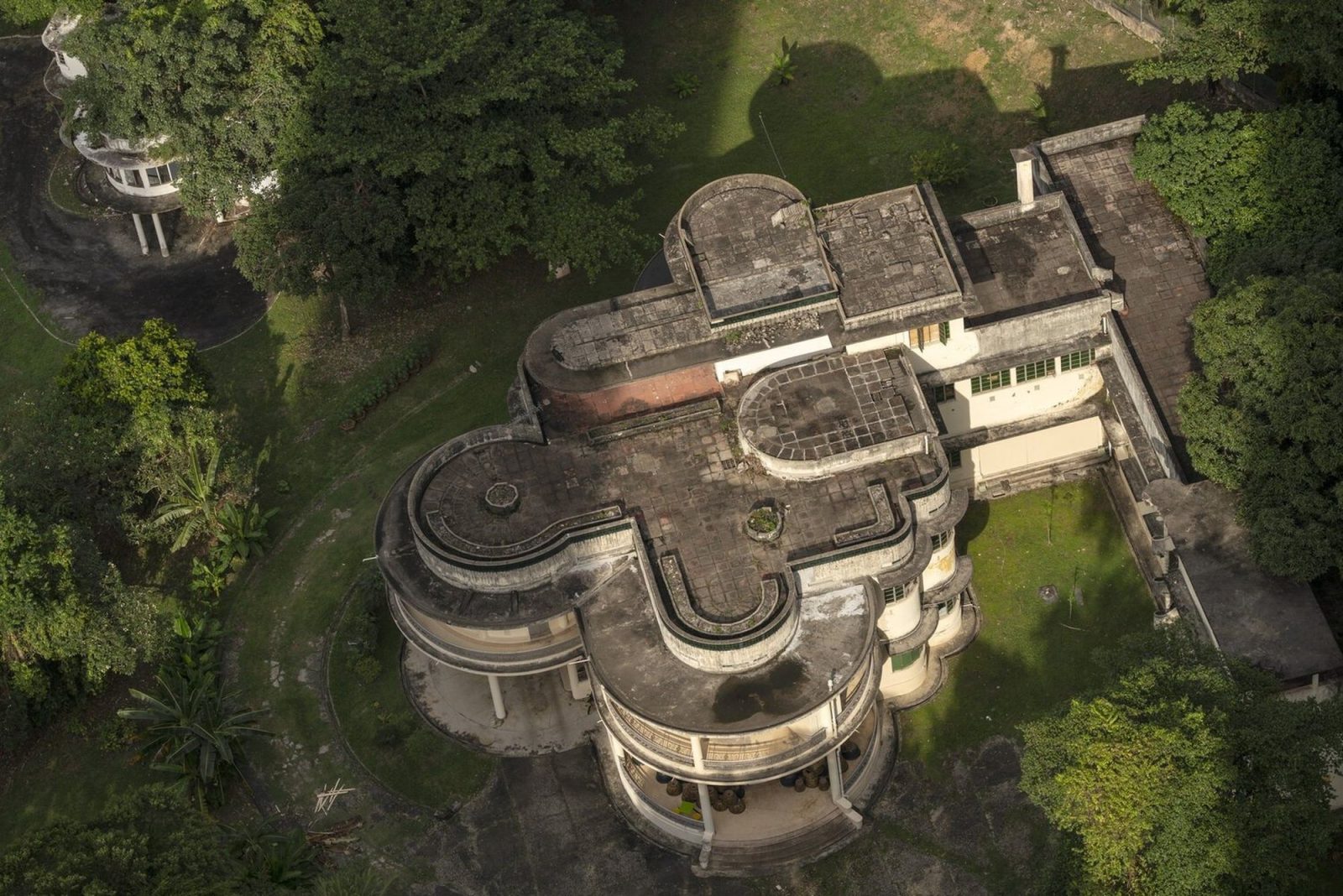
| Address | 25 Grange Road |
| Build year | 1938 |
| Size | About 100,000 sq ft |
| Owned by | Lee Tat Development Pte Ltd |
| Redevelopment plans | The property is currently conserved by the Urban Redevelopment Authority (URA) and remains abandoned. |
Yes, I know it looks like walls will start bleeding and a creepy pair of twins will follow you home from here; but this house is architecturally significant. Looking past its current state, it was built in 1938 for Chee Guan Chiang, son of banker Chee Swee Cheng. The house was designed by Ho Kwong Yew in the Art Deco style (think the Jazz Age, or The Great Gatsby).
It features curved walls, green-tinted embossed windows, and a rooftop garden with its own pavilion. At about 100,000 square feet, the estate also included sweeping verandahs, a grand staircase finished with terrazzo floors, and a general contempt for practicality. The design took inspiration from England’s De La Warr Pavilion, and was one of Singapore’s first homes to include a true rooftop garden. In their case, it was a clear advantage because they could afford the multiple servants needed to maintain that nonsense.
The Chee family vacated in 1941 during the war. Chee himself had suffered a stroke before moving in, and the house was later converted into a boarding house, renamed the New Leonie Guest House in 1964. The staff must have loved keeping the place clean.
In 1973, part of the estate was acquired by Lee Tat Development for the construction of Grange Heights condominium, but this sparked a legal battle over access rights. The tussle dragged on for decades and was finally settled in 2008. By that point, the property’s value had been estimated at around $425 million.
The house was gazetted for conservation in May 2008, but it has remained abandoned ever since. Vegetation has overtaken the grounds, but you can still make out the structure and style of its original design..
Whatever becomes of it, this house has been recognised by Docomomo International as one of Singapore’s “Modernist 100.” It’s a reminder of a time when luxury meant curves, concrete, and people respecting new money for trying to buy good taste.
6. Tanglin Brunei Hostel
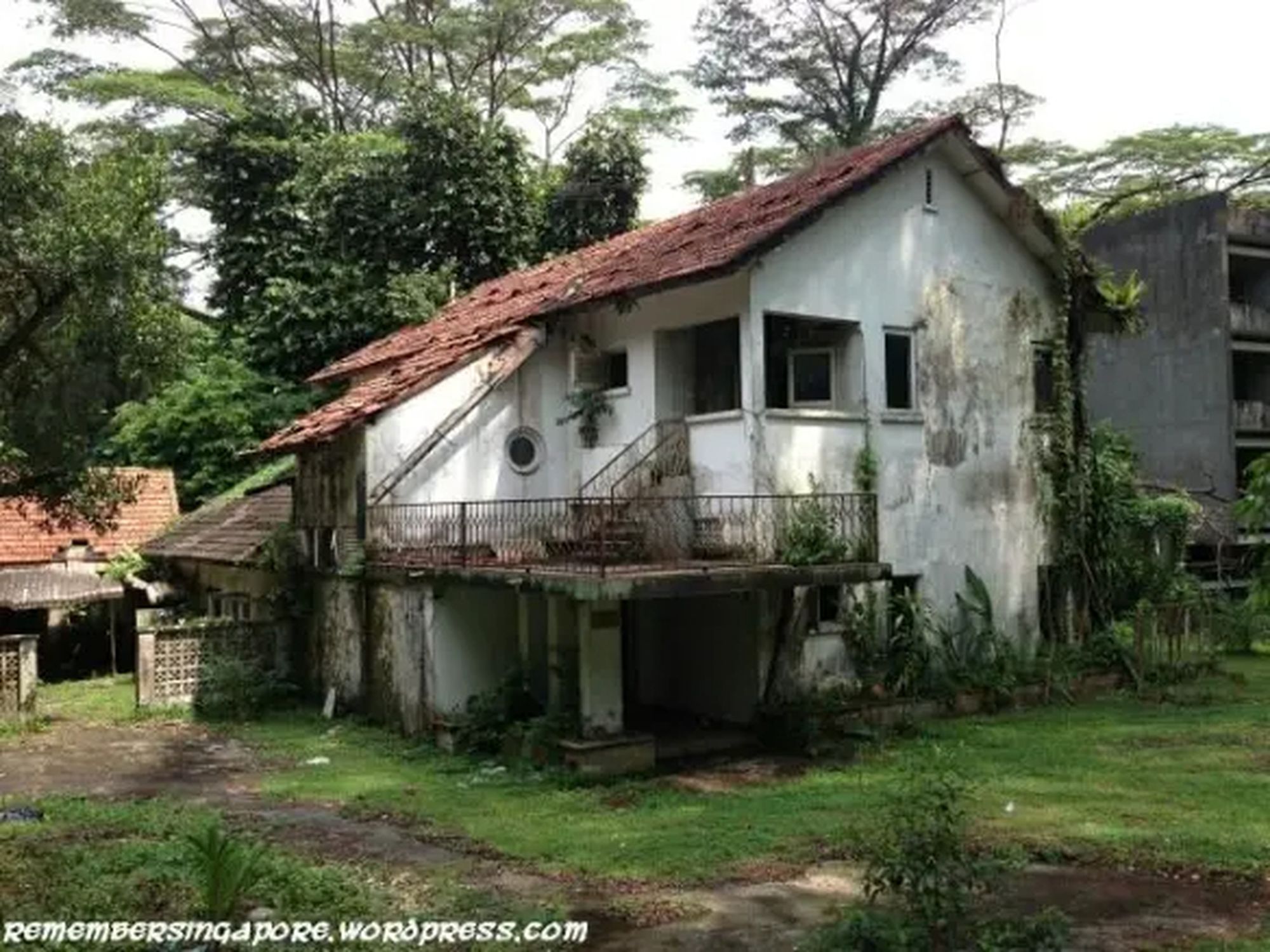
| Address | 7A Tanglin Hill |
| Build year | 1958 |
| Size | 7,201 sq ft |
| Owned by | Brunei Consulate |
| Redevelopment plans | Status: As of now, there are no confirmed redevelopment plans for the hostel. The future of the site remains uncertain and is dependent on decisions by the Brunei Consulate. |
The Brunei Hostel was built in the early 1950s to house Bruneian students studying in Singapore. The building began as a colonial-style dormitory, later expanded with a modern multi-storey block, so the architectural styles clash a bit.
In its prime, the hostel housed around 20 students a year, some of whom were government trainees. It was something of a community-within-a-community; residents celebrated Hari Raya and the Sultan’s birthday, held football and badminton matches, and organised table tennis tournaments on a small parade square. A little like having a tiny slice of Brunei within Tanglin.
But by 1983, there wasn’t really a need for this anymore. By then, Brunei’s educational infrastructure was developed, and there was less need to send people abroad to study. Ever since the closure of the hostel, the 7,201-square-foot compound has been abandoned for almost forty years.
The walls are thick with moss and graffiti, and the corridors are picture-perfect for a Netflix horror special. So, of course, urban explorers sneak in, and we get the usual slew of ghost stories. Officially though, it’s still owned by the Brunei Consulate – and the property remains off-limits, with no redevelopment plans so far.
A happy Halloween to all readers from Stacked! For more on the Singapore property scene, including more serious project reviews and studies, do keep following us. If you’d like to get in touch for a more in-depth consultation, you can do so here.
Ryan J. Ong
A seasoned content strategist with over 17 years in the real estate and financial journalism sectors, Ryan has built a reputation for transforming complex industry jargon into accessible knowledge. With a track record of writing and editing for leading financial platforms and publications, Ryan's expertise has been recognised across various media outlets. His role as a former content editor for 99.co and a co-host for CNA 938's Open House programme underscores his commitment to providing valuable insights into the property market.Read next from Editor's Pick
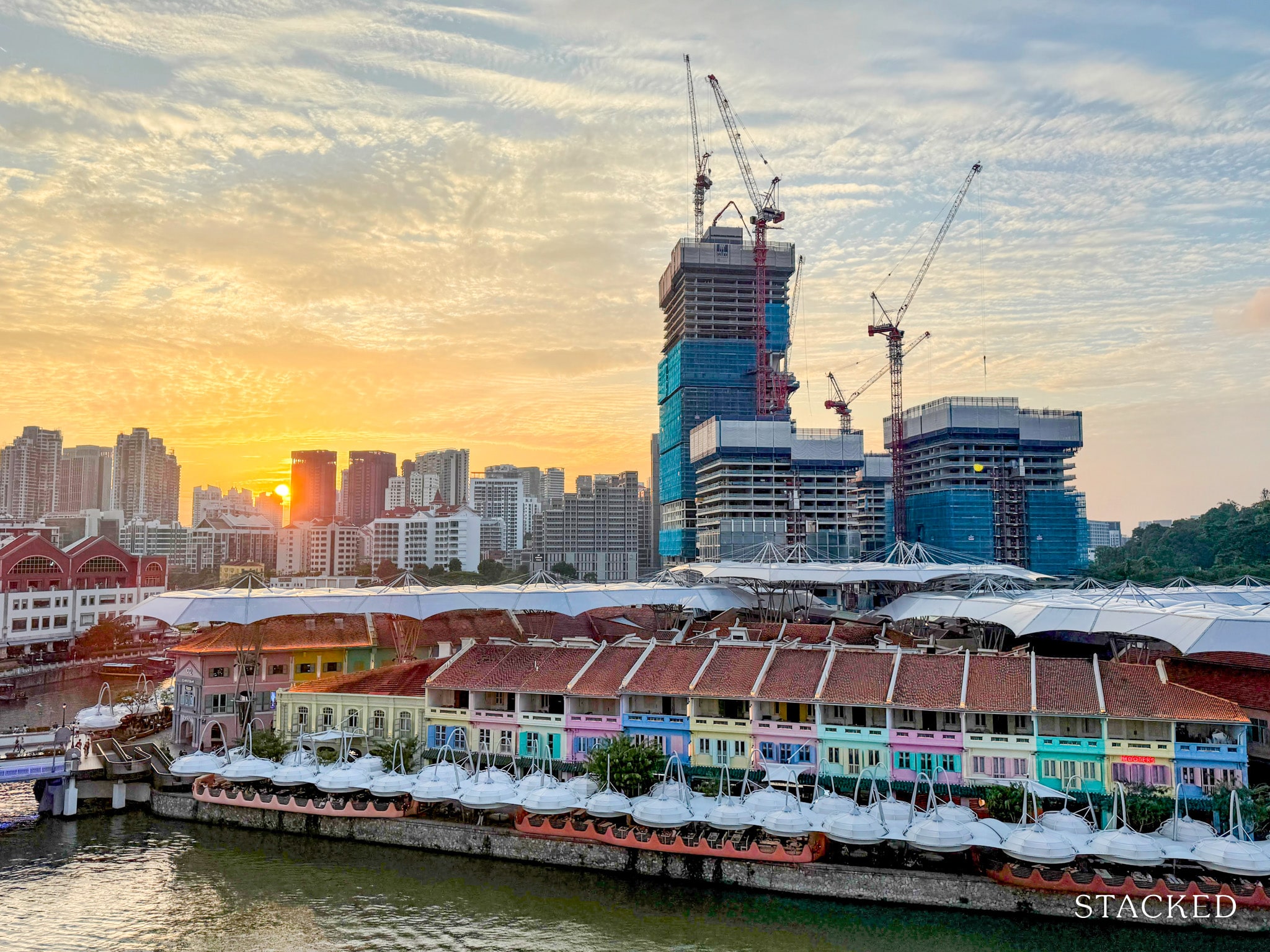
Property Market Commentary 7 Close To TOP New Launch Condos In 2026/27 For Those Looking To Move In Quick
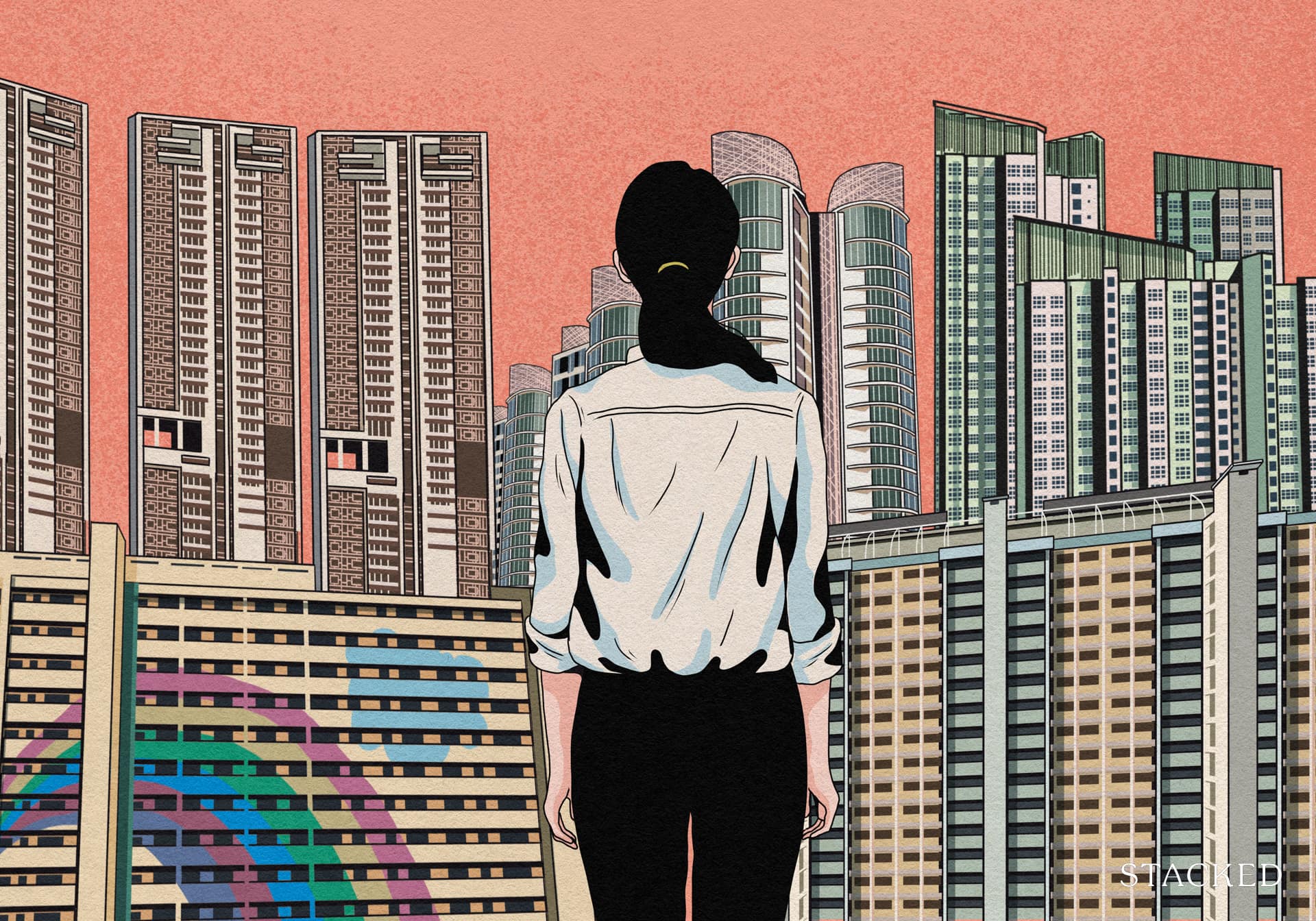
Property Market Commentary Why It’s So Much Harder For Young Singaporeans To Buy A Home Today
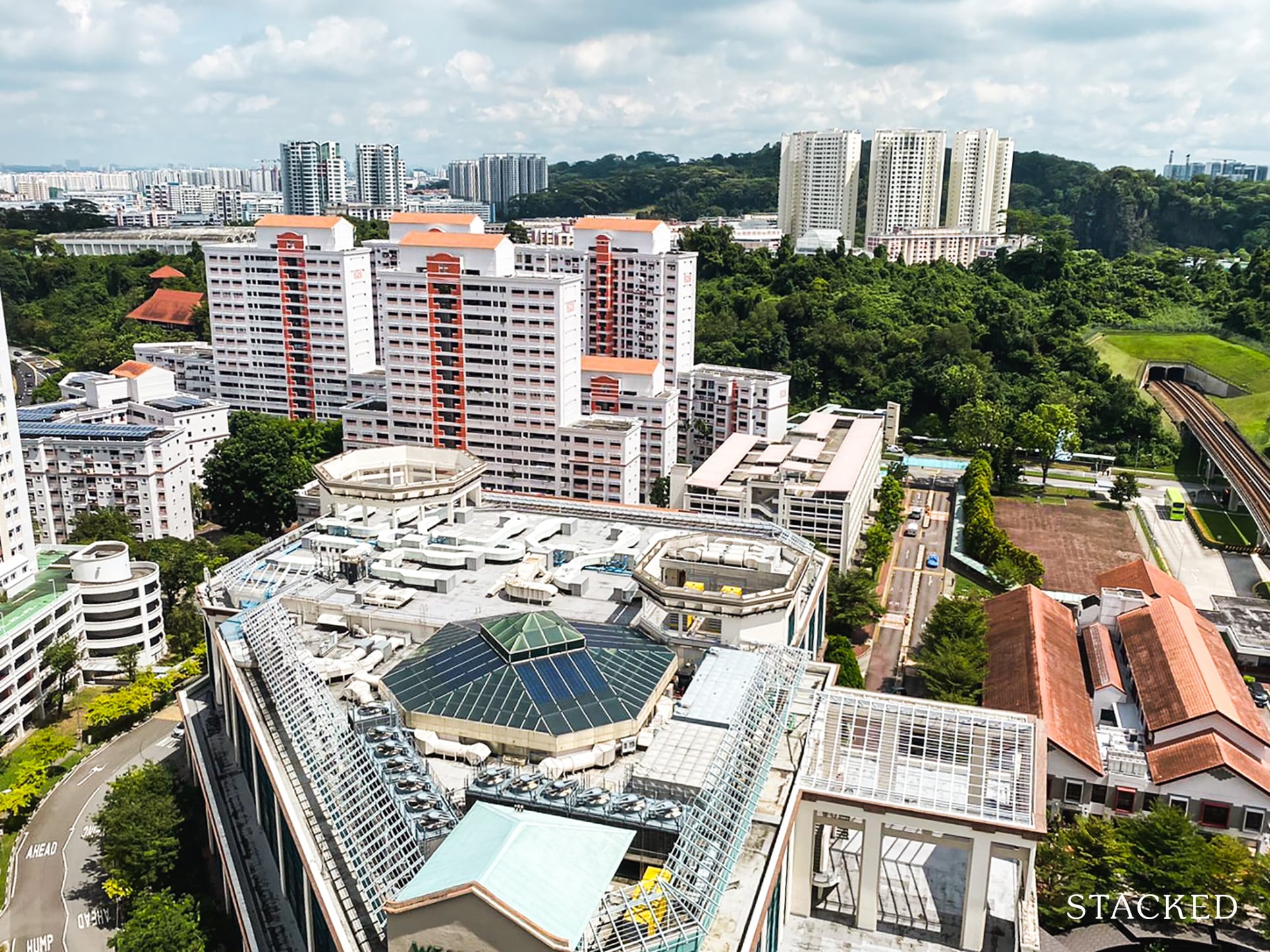
Property Market Commentary Which HDB Towns Sold the Most Flats This Year? The 2025 Rankings Reveal Some Surprises
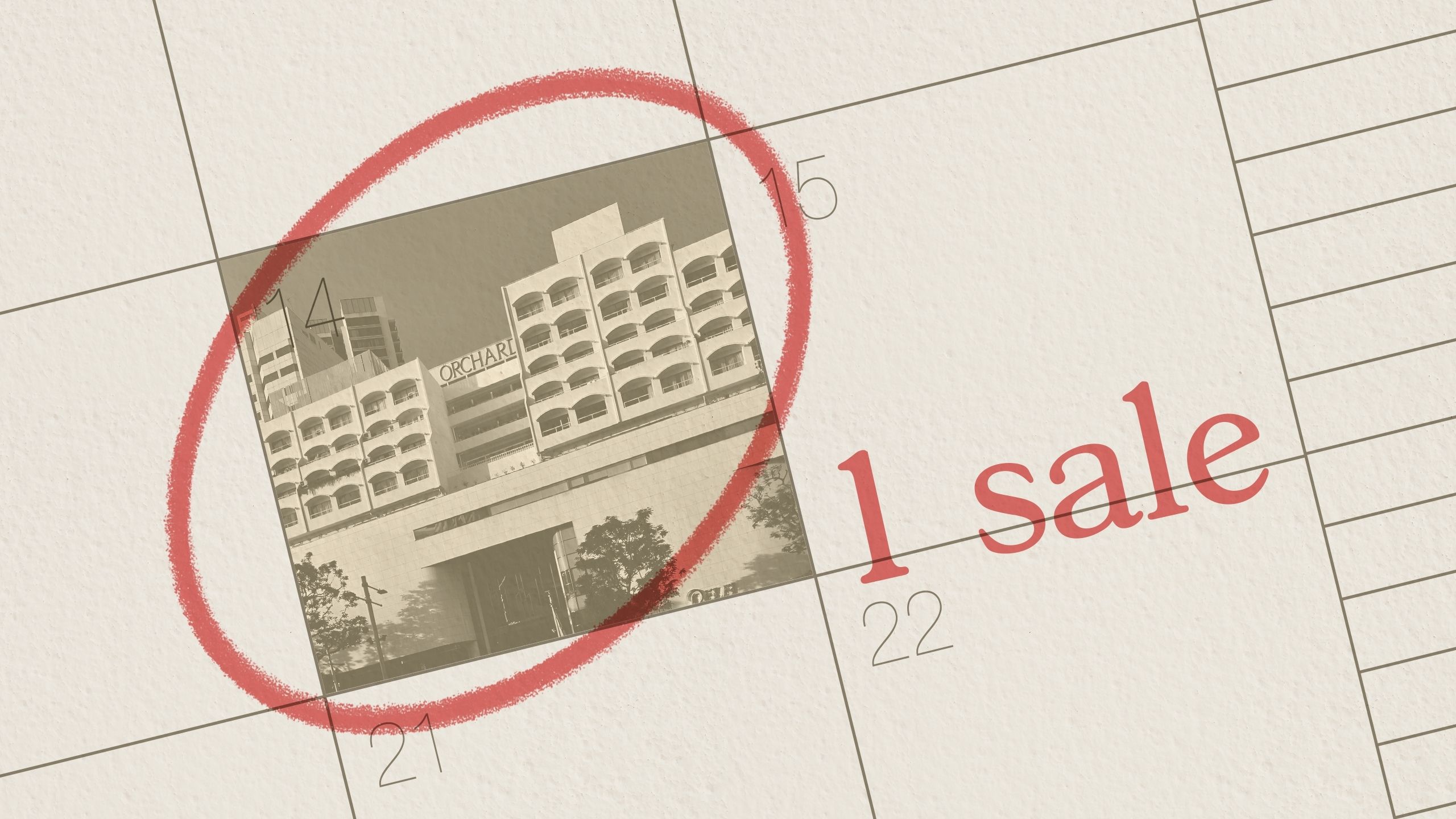
Property Market Commentary The Rare Condos With Almost Zero Sales for 10 Years In Singapore: What Does It Mean for Buyers?
Latest Posts

Pro How Much More Should You Really Pay for a Higher Floor or Sea View Condo?
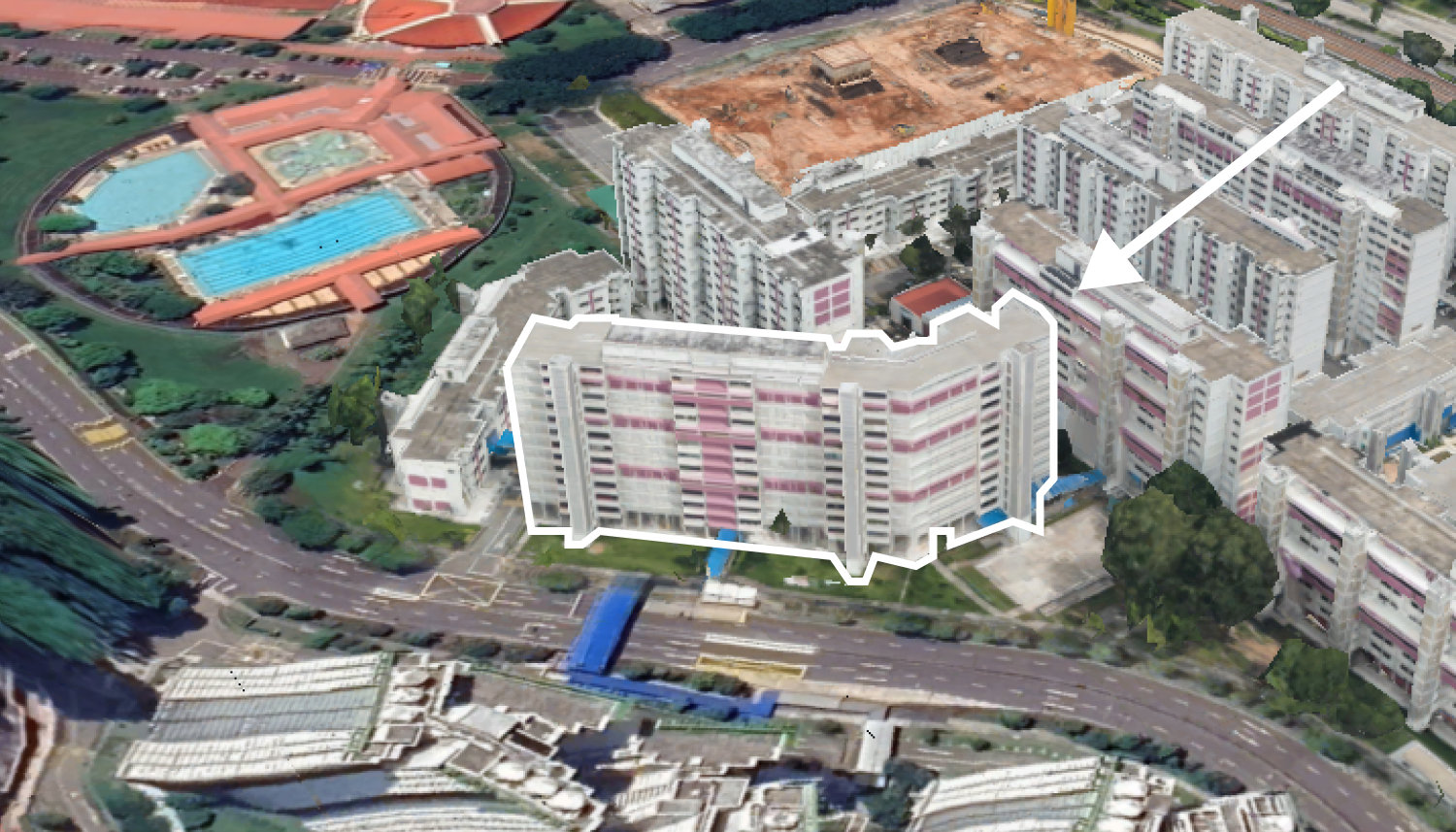
On The Market 5 Spacious 5-Room HDB Flats Under $600K You Can Still Buy Today
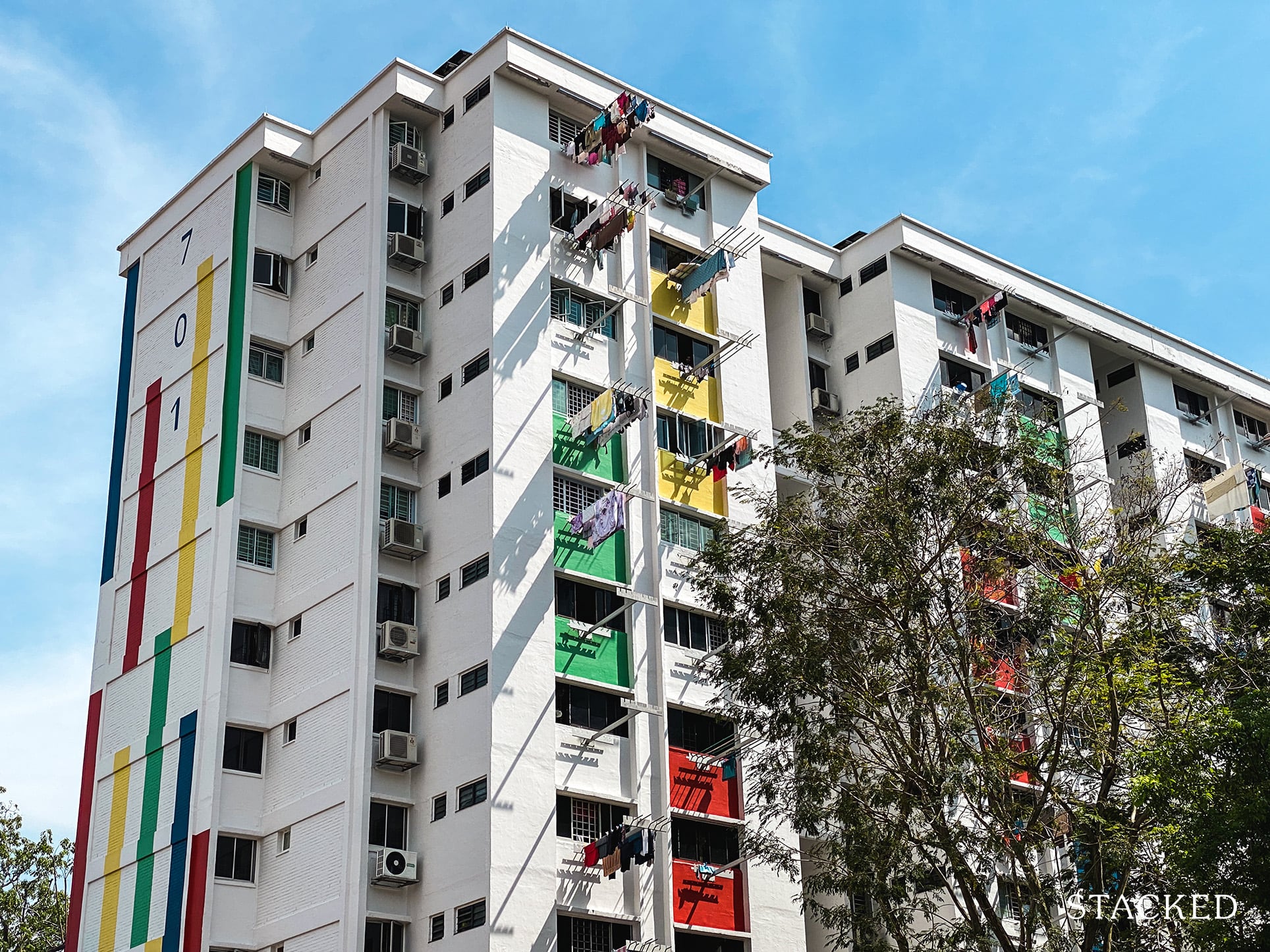
Property Advice I Own A 55-Year-Old HDB Flat, But May Have To Sell — Can I Realistically Buy A Freehold Condo With $700K?
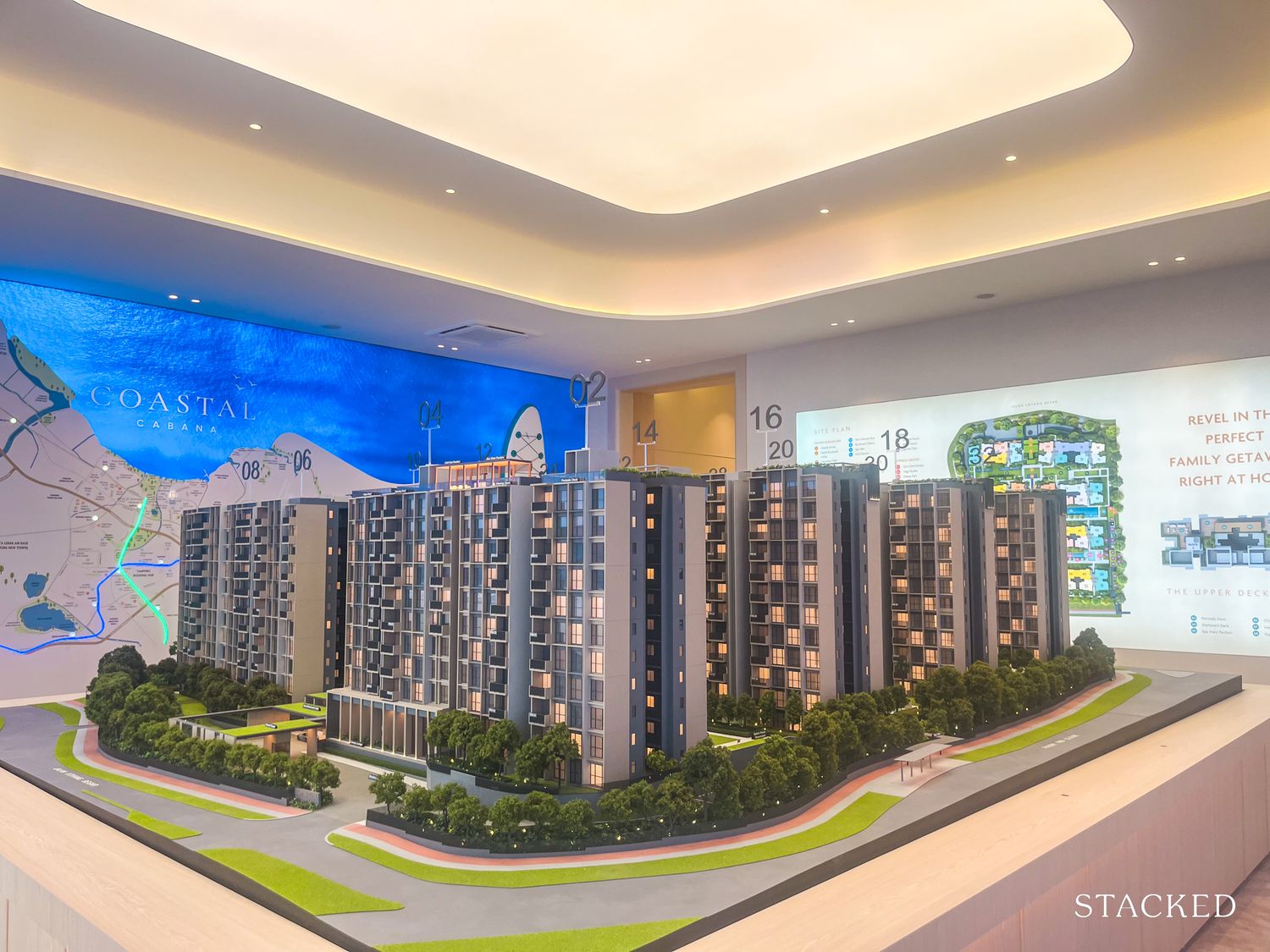
New Launch Condo Reviews Coastal Cabana EC Review: A Unique EC With Sea Views Priced From $1.438M
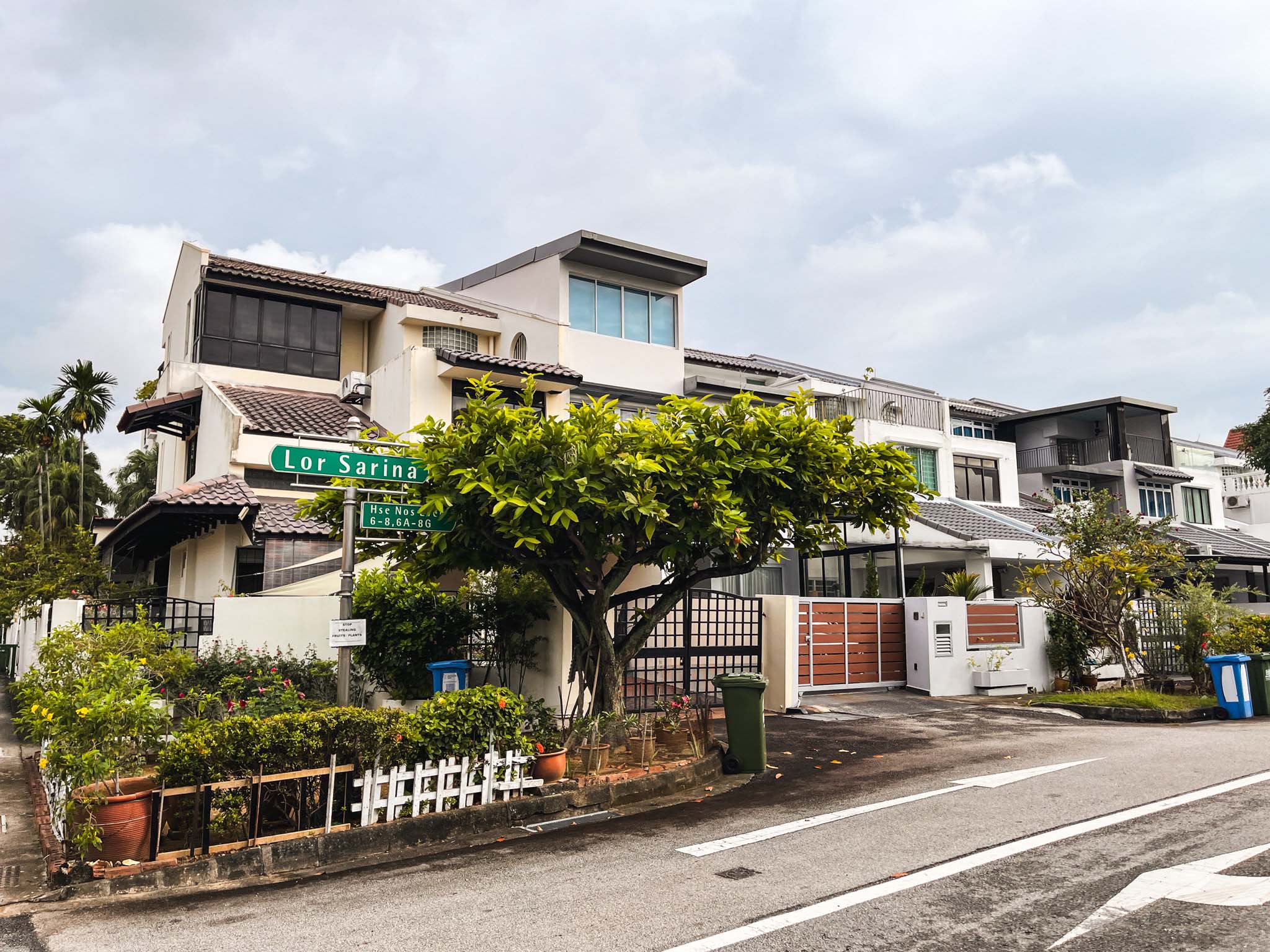
Landed Home Tours We Toured a Freehold Landed Area Buyers Overlook — It’s Cheaper (and Surprisingly Convenient) From $3.2M
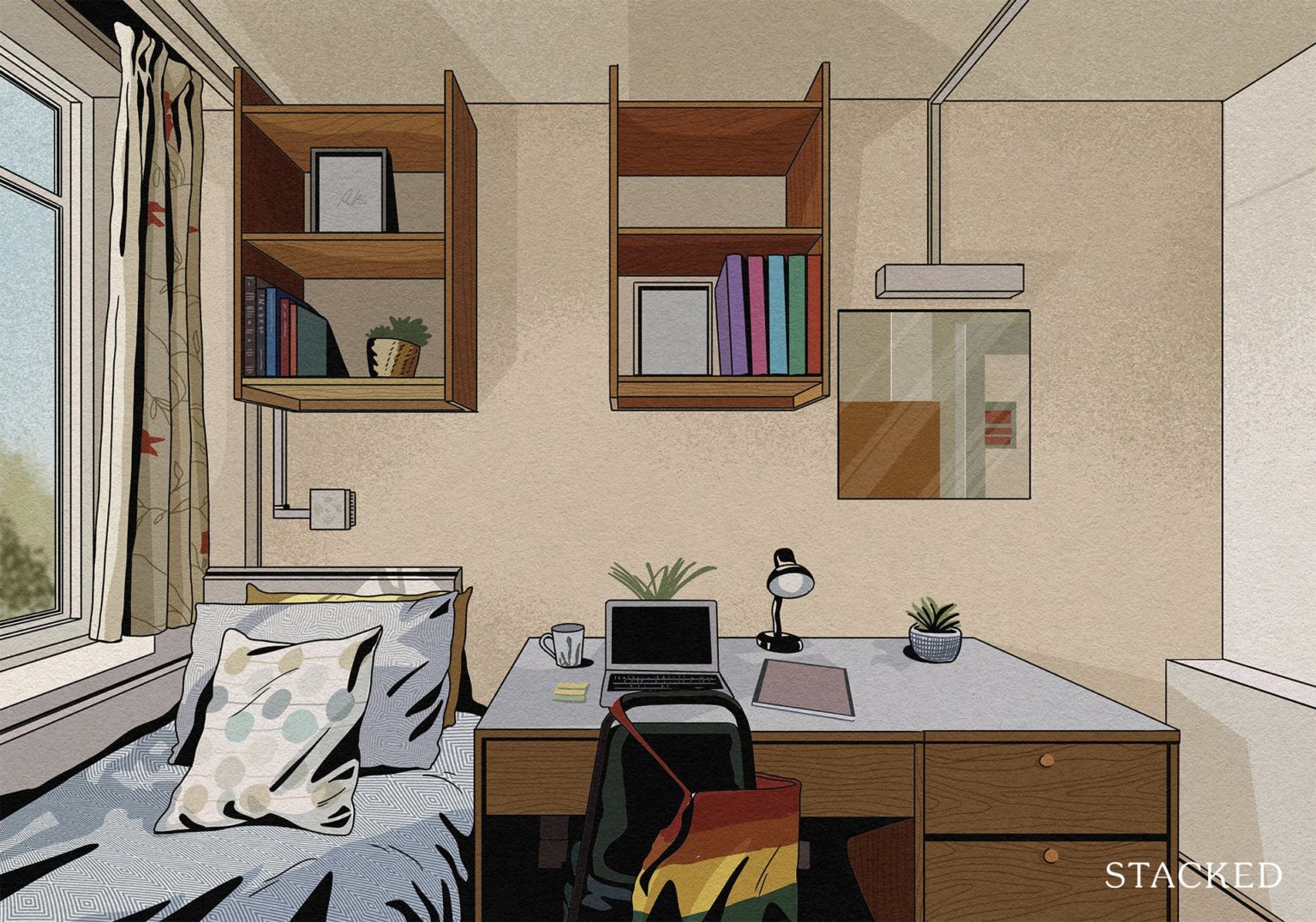
Singapore Property News The Hidden Costs of Smaller Homes in Singapore
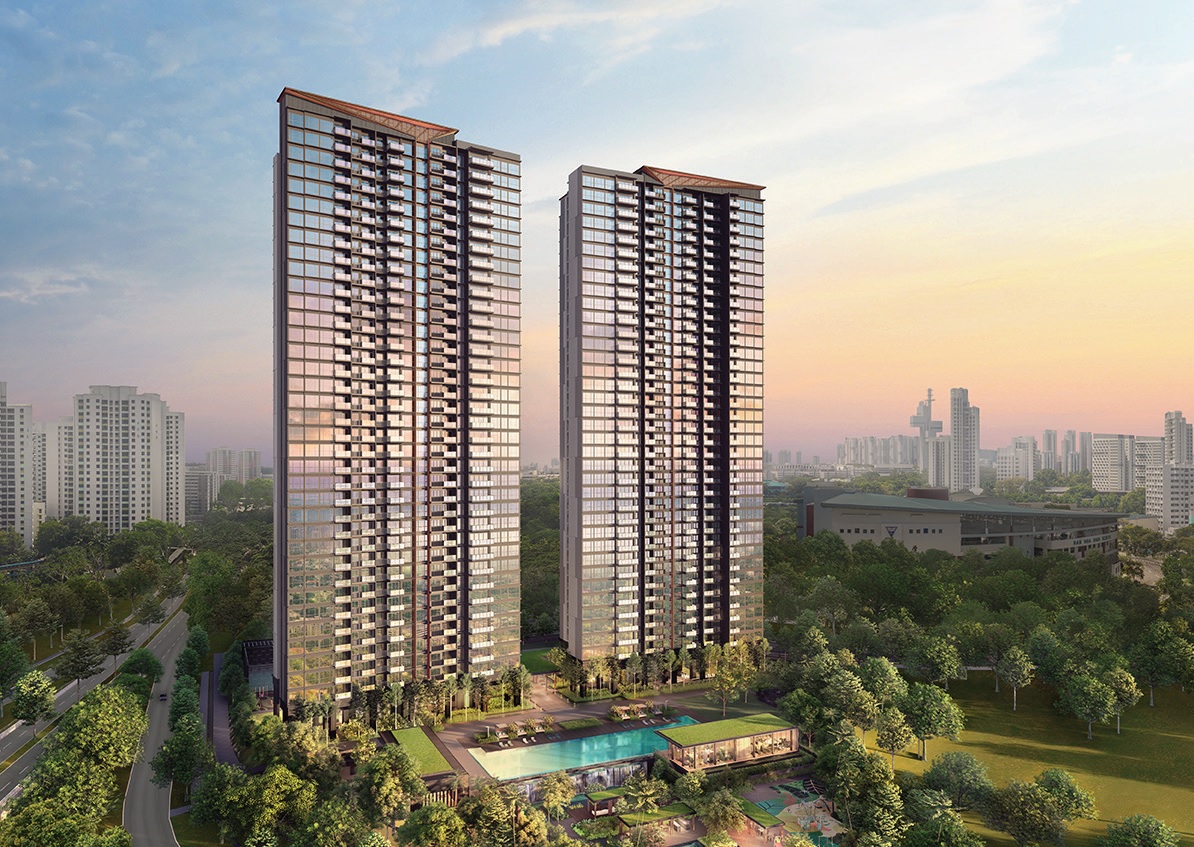
Property Advice We Own A 2-Bedder Condo In Clementi: Should We Decouple To Buy A Resale 3 Bedder Or Sell?
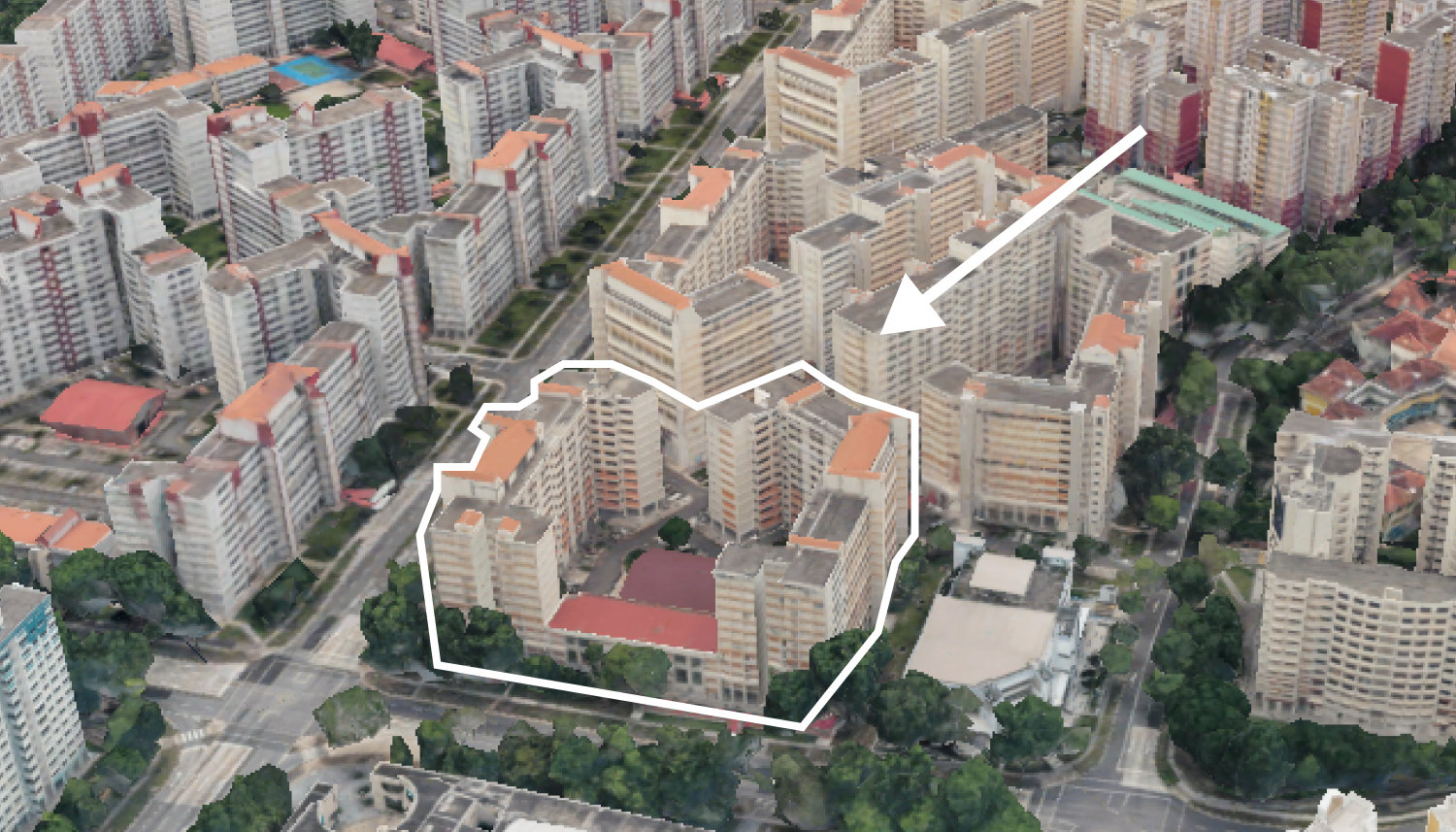
On The Market We Found the Cheapest Yet Biggest 4-Room HDBs You Can Buy From $480K
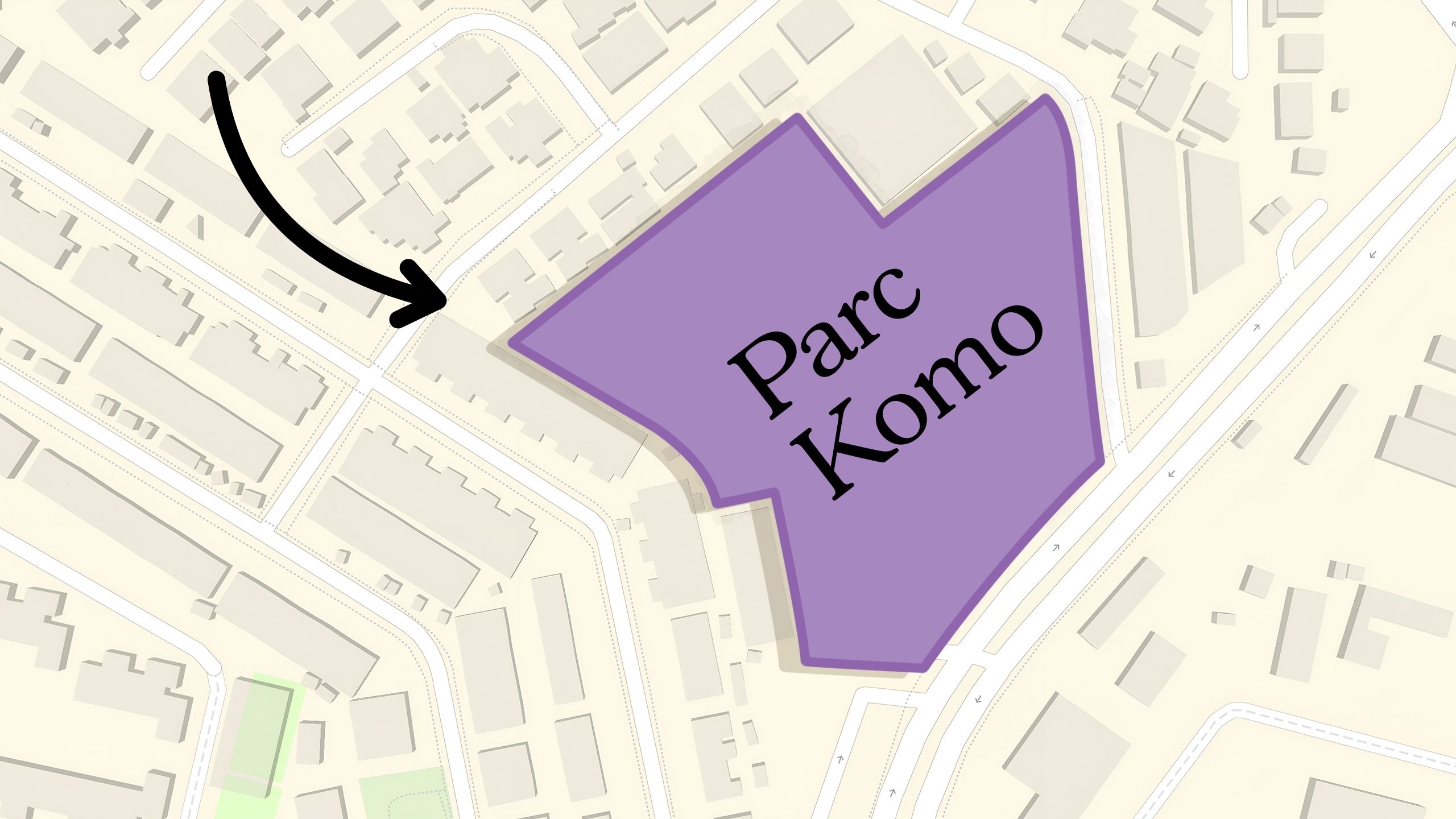
Pro Why This Freehold Mixed-Use Condo in the East Is Underperforming the Market
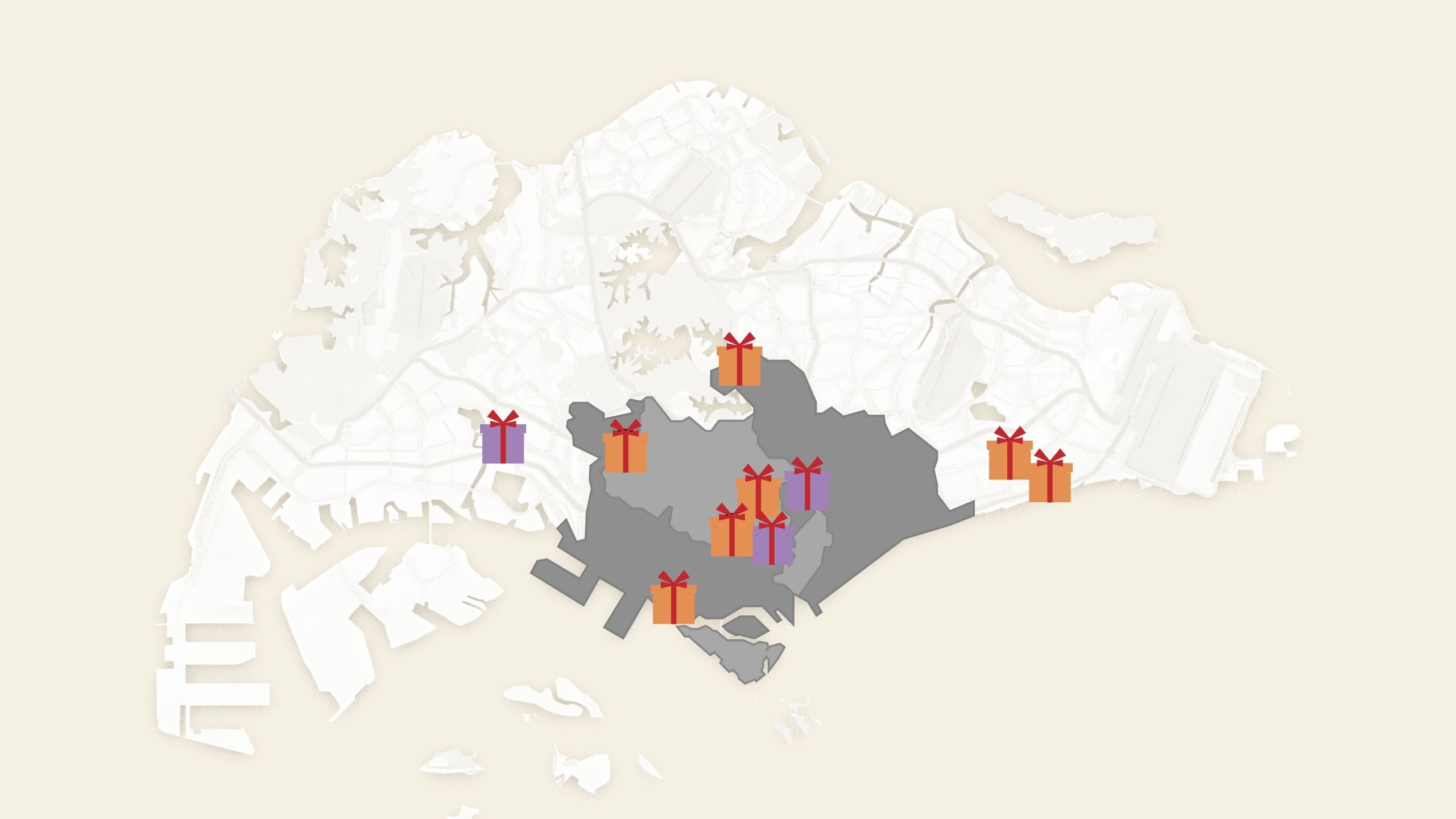
Singapore Property News 10 New Upcoming Housing Sites Set for 2026 That Homebuyers Should Keep an Eye On
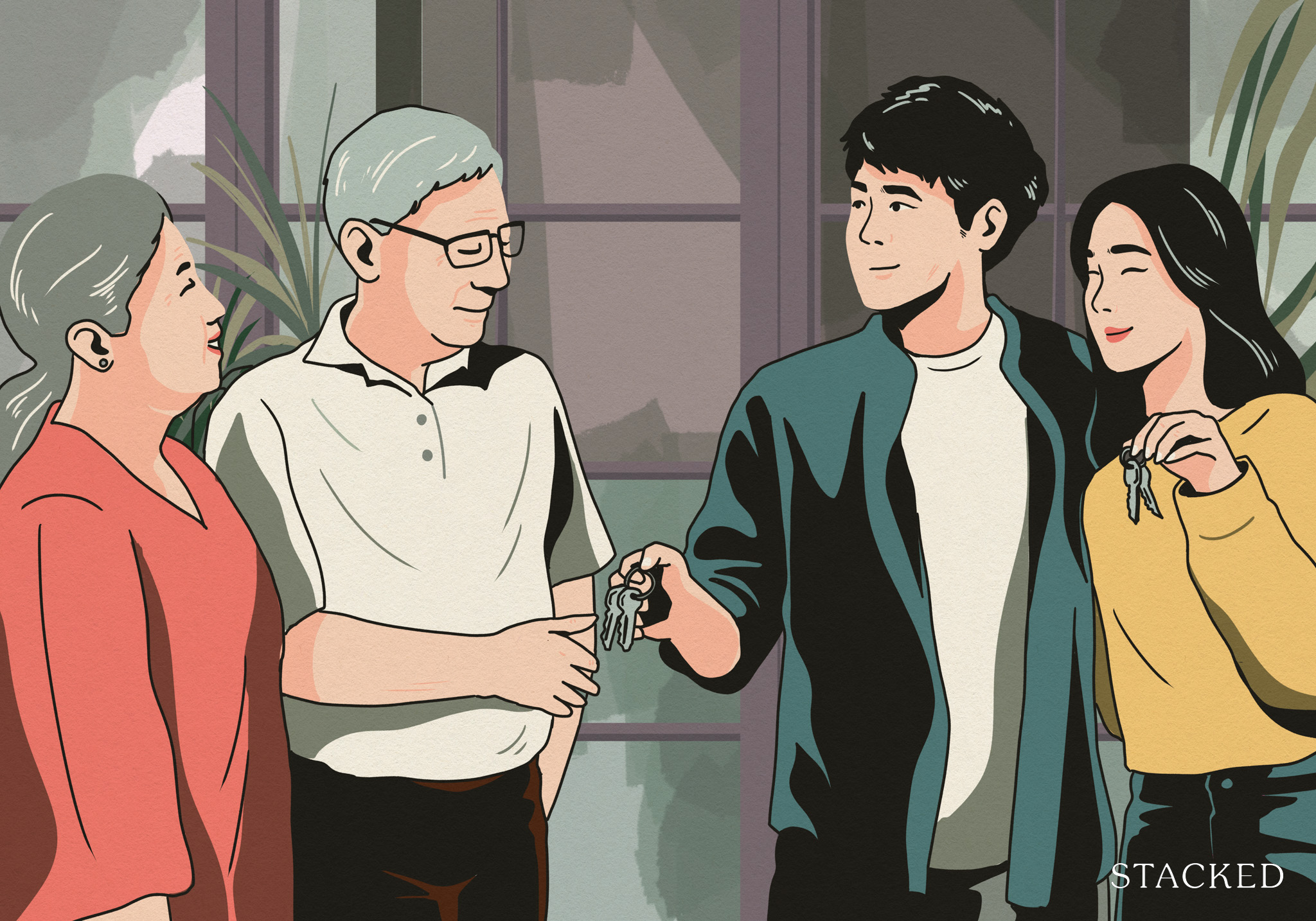
Homeowner Stories I Gave My Parents My Condo and Moved Into Their HDB — Here’s Why It Made Sense.
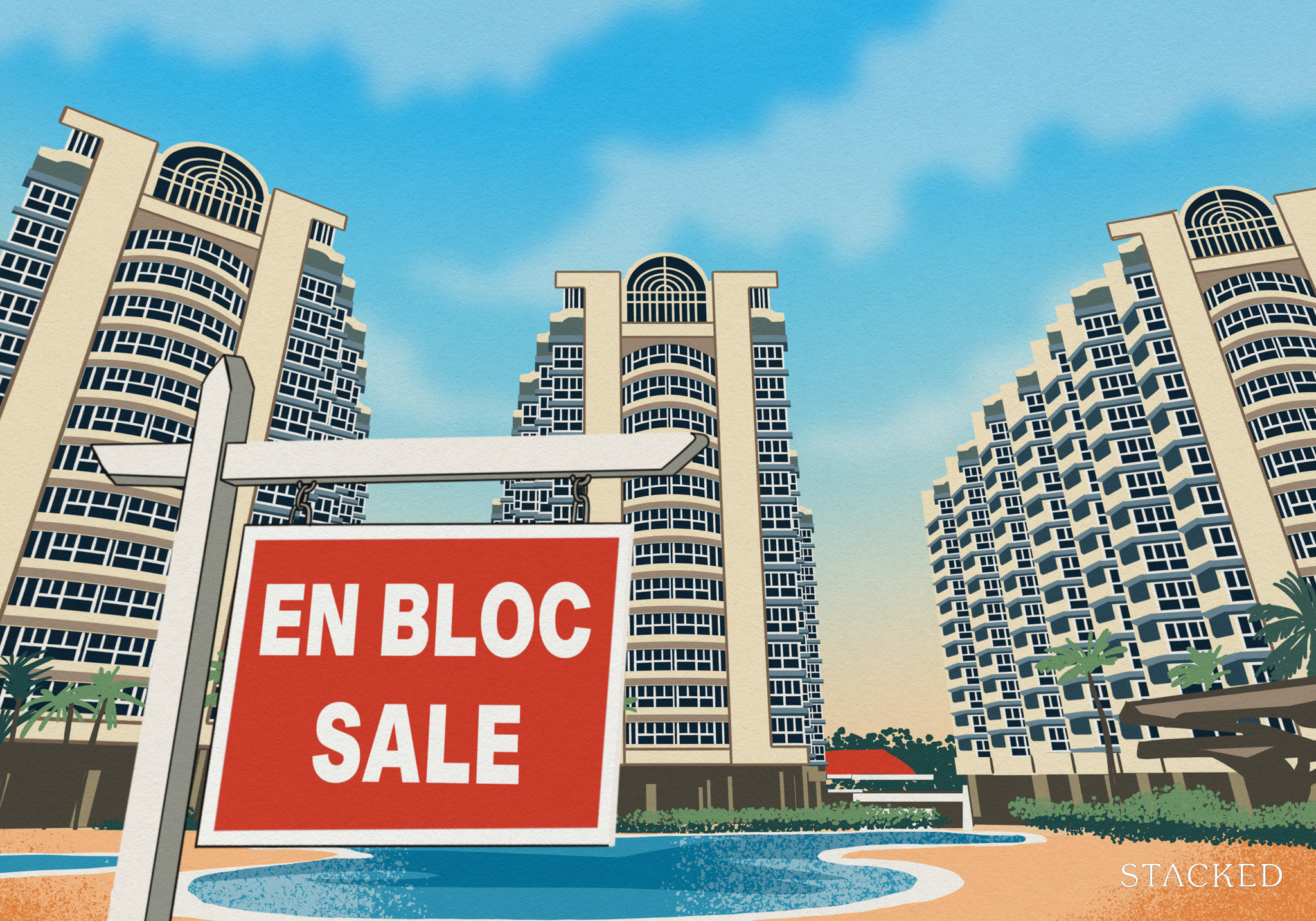
Singapore Property News Will Relaxing En-Bloc Rules Really Improve the Prospects of Older Condos in Singapore?

Pro Why This Large-Unit Condo in the Jervois Enclave Isn’t Keeping Up With the Market
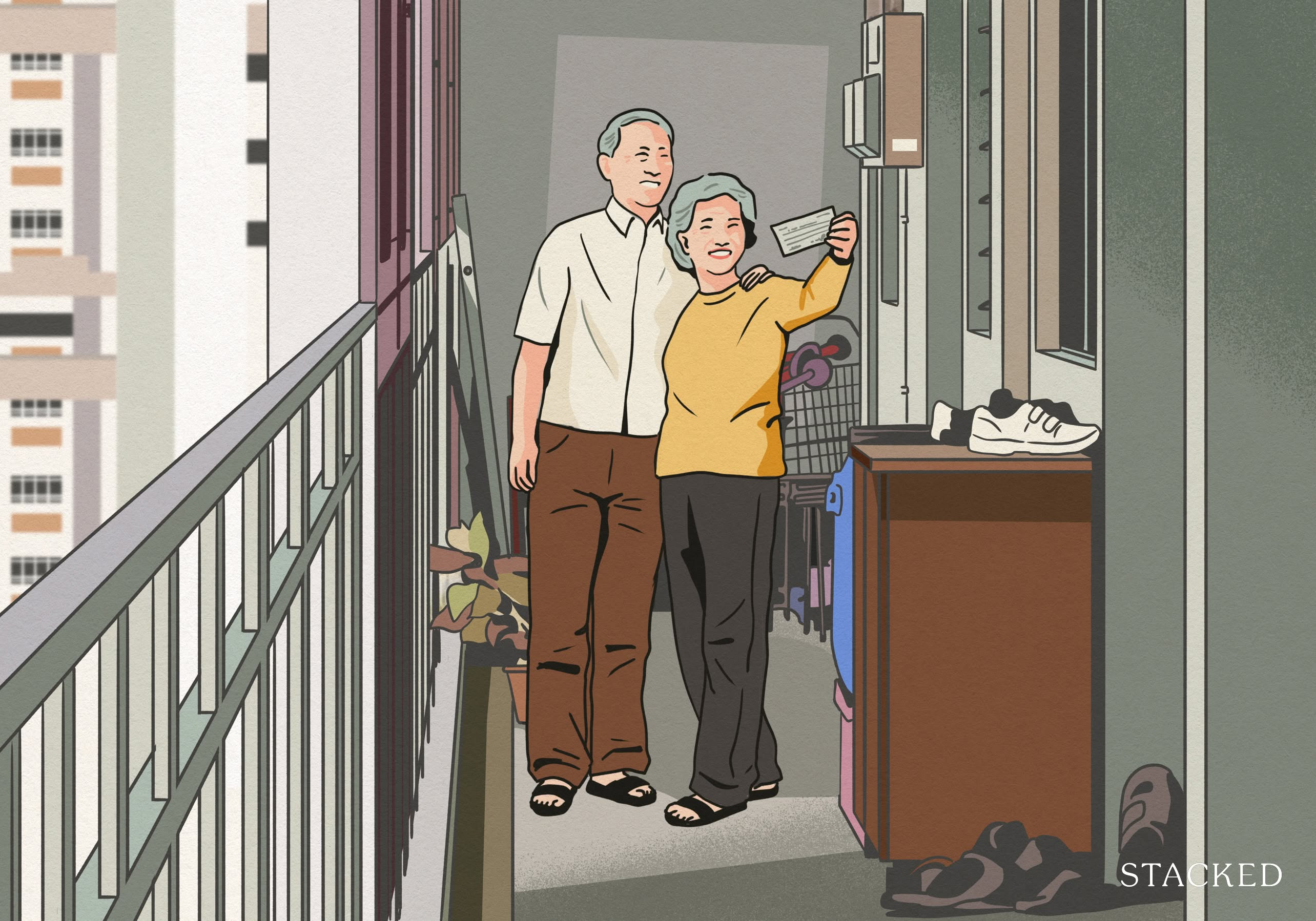
Singapore Property News A Housing Issue That Slips Under the Radar in a Super-Aged Singapore: Here’s What Needs Attention
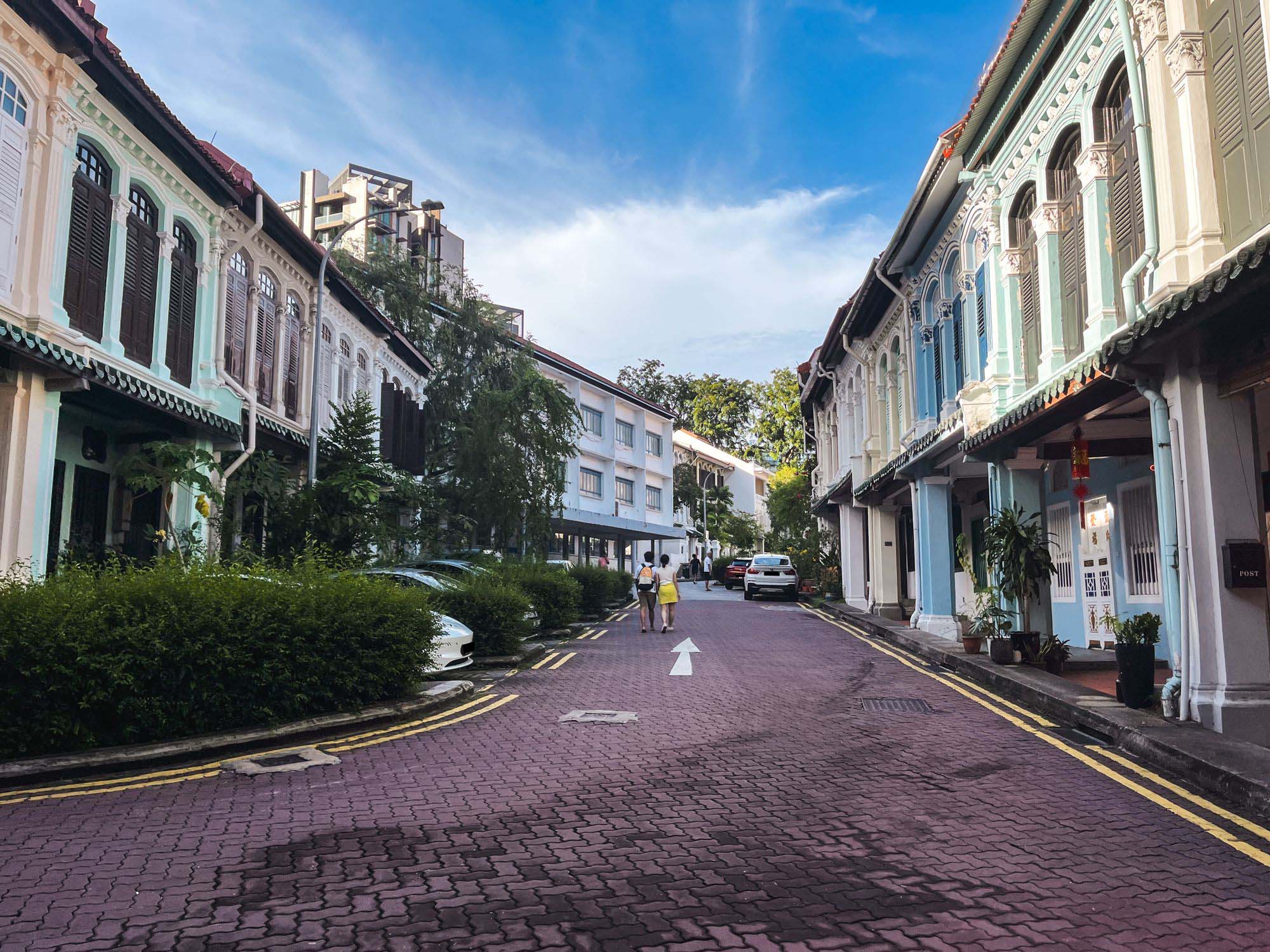
Landed Home Tours Inside One of Orchard’s Rarest Freehold Enclaves: Conserved Homes You Can Still Buy From $6.8M
